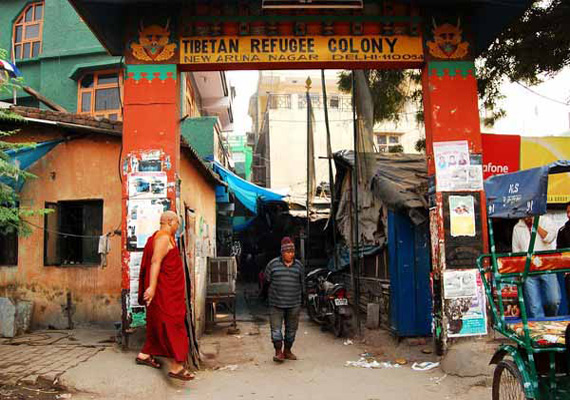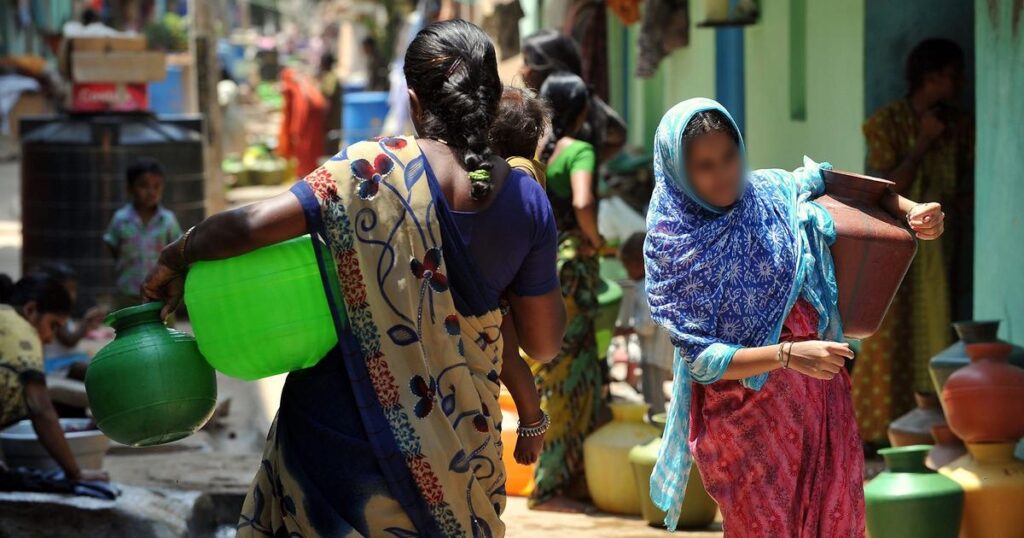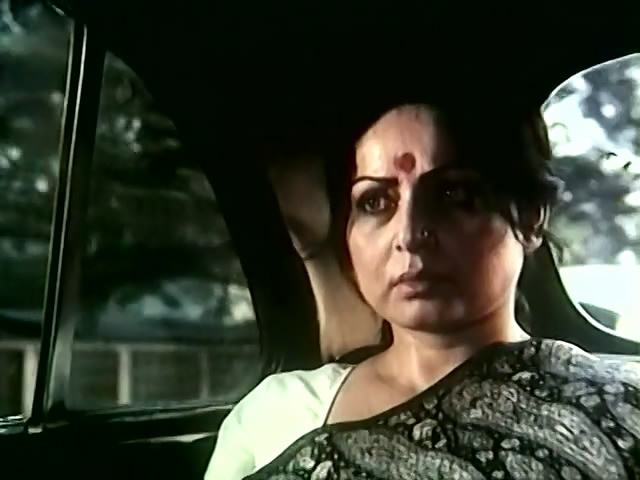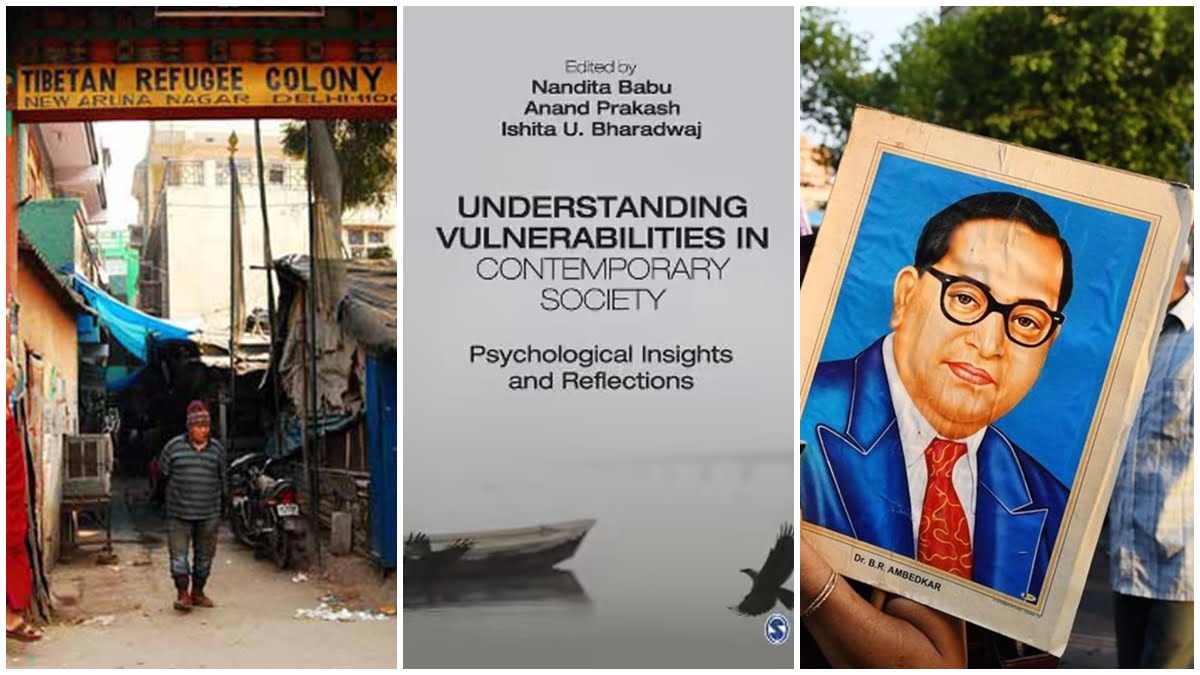Edited by three faculty members — Nandita Babu, Anand Prakash, and Ishita U. Bharadwaj — in the Department of Psychology, University of Delhi, Understanding Vulnerabilities in Contemporary Society: Psychological Insights and Reflections (SAGE Publications India Pvt Ltd, 2021) is divided into 12 chapters. And each one of them studies vulnerabilities — both qualitatively and quantitatively — in myriad ways.
The editors argue that though the “nature and sources of vulnerability” are emerging as a major concern in almost every discipline, this “volume moves beyond the ‘trait view’ of vulnerability”, offering “an experiential account of vulnerability in diverse areas of life”.
The editors argue that though the “nature and sources of vulnerability” are emerging as a major concern in almost every discipline, this “volume moves beyond the ‘trait view’ of vulnerability”, offering “an experiential account of vulnerability in diverse areas of life”.
It asks us to assess how Tibetan refugees in Majnu-ka-Tilla are faring. How we neglect sections of refugees who are more vulnerable than the others, for example, people with disabilities and elderly people. Or how Indians who migrated to the US for a variety of ‘pull factors’ (in comparison to the ‘push factors’ of migration in the case of Tibetan refugees). While some are seemingly ‘open’, other parents more rigidly police their children and enforce academic success as the only indicator of potential success in life.

Though researchers have studied these two cases separately, one of the striking things from both these chapters was that there is an intrinsic ‘othering’ in each situation. If one is to internalise what Felix Marquardt writes in his book The New Nomads: How the Migration Revolution Is Making the World a Better Place (Simon & Schuster, 2021), one would definitely change their perceptions about migrants, immigrants, and refugees; however, ‘natives’ still continue to see people coming to ‘their’ land as threats.
Also read: Book Review: The Punch Magazine’s Anthology Of New Writing, Edited By Shireen Quadri
Interestingly, the researchers in this anthology leveraged both structured and semi-structured interviews, for qualitative analyses in the book offer more insights into how we see our society, and what we see as ‘permissible’, ‘vulnerable’, and ‘desirable’.
While the chapter “Mental Health Vulnerabilities of the Third-Gender Community” aptly offers a breakdown of how transgender people face “social discrimination when it comes to healthcare, housing, education, employment, immigration and law”, in the chapter titled “Voicing Vulnerabilities Around ‘Caste’ Stigma: A Qualitative Study” the researchers study how caste “is still a mainstay of many social discourses and a lived reality for everyone transacting a social-organisational life”.
When a Dalit student shares in an interview that they “felt like [their] department did not like researching on Dalit literature”, one cannot help but think of Rohith Vemula’s institutional murder. And for those ‘progressive’ who think that India no longer ‘believes’ in the caste system and that people aren’t ‘casteist’ anymore, only one example is enough to refute this claim: that of the best-selling author Ravinder Singh, who vilified reservation on social media, writing dissing posts and rightly getting the flak from netizens.
One of the deeply researched chapters in this volume, and one that spoke to me as I am too a child-sexual abuse (CSA) survivor, is “Psychological Trauma in Child Sexual Abuse: Withstanding Vulnerability and Nurturing Resilience” by Sujata Satapathy and Rajesh Sagar.
In this chapter, the researchers argue why “the consequent psychological-trauma manifestation, is a complex and multi-layered individual, familial and societal issue that has several short- and long-term effects on the lives of its survivors, their families and the larger society”. Though it is data-driven and has some of the fiercest critiques of the key theories that explain CSA, I would recommend readers to supplement this reading with a memoir by Manjiri Indurkar It’s All in Your Head, M (Tranquebar, an imprint of Westland, 2020). The latter offers all the complexities that the researchers outline. Both — the study and Indurkar’s memoir — beg this basic but horrifyingly difficult question: How do we save our children from being wronged?
In yet another riveting chapter, we find researchers dabbling with the question of caregivers: their “turbulent journey of exhaustion, fatigue and upheaval”. And in the subsequent chapters, we find stories of women in post-liberalised India, the vulnerability of desire, the resilience of teenage girls in the slum areas, and management of vulnerabilities tied to trust and willingness.

In the first, researchers note that not only do the women get underpaid but also that they are involved in the “unpaid care work [which] leads to both economic poverty and time poverty for them, because it is usually overlooked by the mainstream conception of labour (that focuses on paid employment)”.
Their analysis helps them conclude that “India is a textbook example of gender disparity in the arena of work”. (I would highly encourage you to read Desperately Seeking Shah Rukh: India’s Lonely Young Women and the Search for Intimacy and Independence [HarperCollins Publishers, 2021] by Shrayana Bhattacharya if you seek an interesting analysis of women and their desires in post-economic-reform India.)
Annie Baxi’s qualitative analysis of women’s desire by showing a select group of Indian housewives’ reaction to the Aparna Sen-directed 1985 movie Parama is a very fine example of gathering nuance by letting an untethered group discussion with the respondents. It helps Baxi conclude how the “film served as both a text and a vignette, promoting the participants to explore and discuss their roles as housewives, their sexuality, individual desires and how they all come together to frame ideals of womanhood in contemporary times”.

Annie Baxi’s qualitative analysis of women’s desire by showing a select group of Indian housewives’ reaction to the Aparna Sen-directed 1985 movie Parama is a very fine example of gathering nuance by letting an untethered group discussion with the respondents. It helps Baxi conclude how the “film served as both a text and a vignette, promoting the participants to explore and discuss their roles as housewives, their sexuality, individual desires and how they all come together to frame ideals of womanhood in contemporary times”.
Ishita U. Bharadwaj’s work on “reflections on psychic pain” around infertility is a defining critique on how choiceless the caste-patriarchal, heteronormative society renders women, playing “a crucial role in essentialising motherhood at an intrapsychic level”.
Also read: In Search Of A Home Disappearing: Book Review ‘Sambac Beneath Unlikely Skies’ By Heba Hayek
Though this book is a typical work of academia, it is definitely readable. However, I would still make a case for more storytelling and usage of everyday language if we want stories to become more accessible so that a larger audience can reflect and take action on it. But there is no doubt that this is a very welcome anthology of stories that wants us to take cognisance of vulnerabilities from different vantage points and that it must be read.




